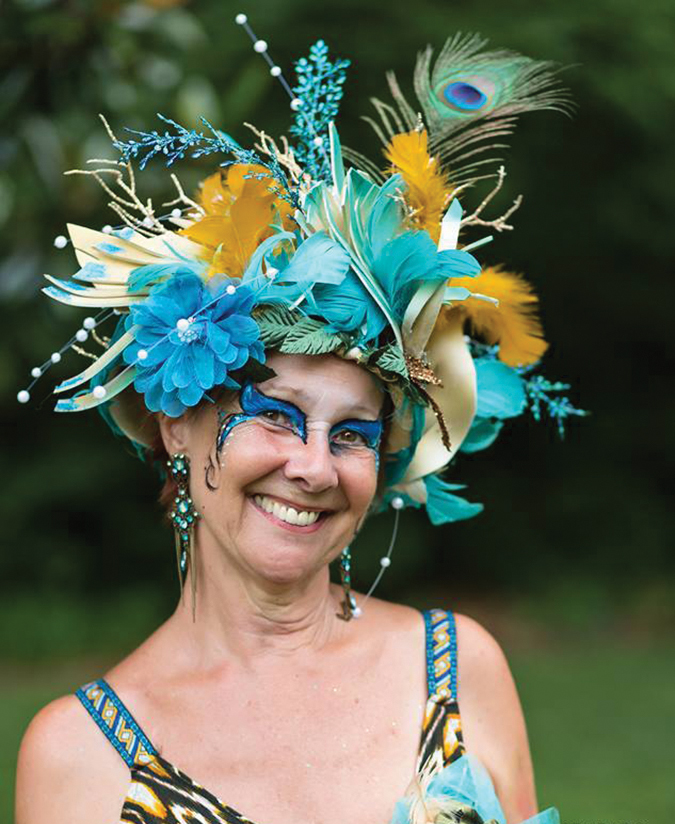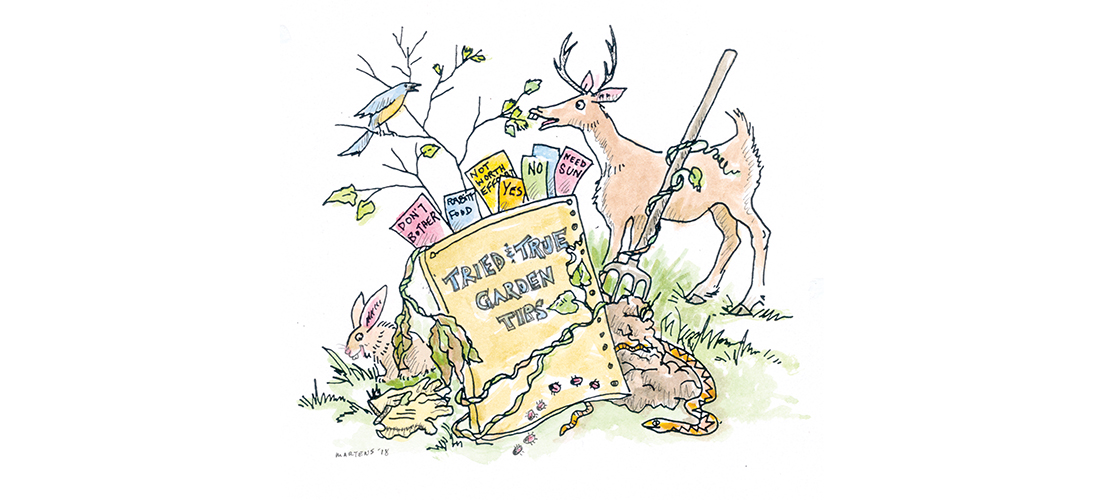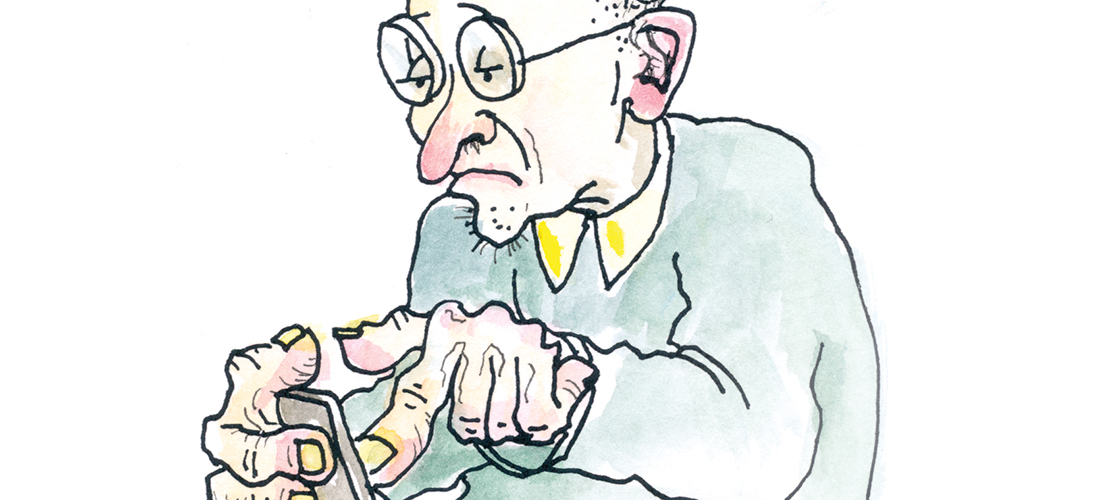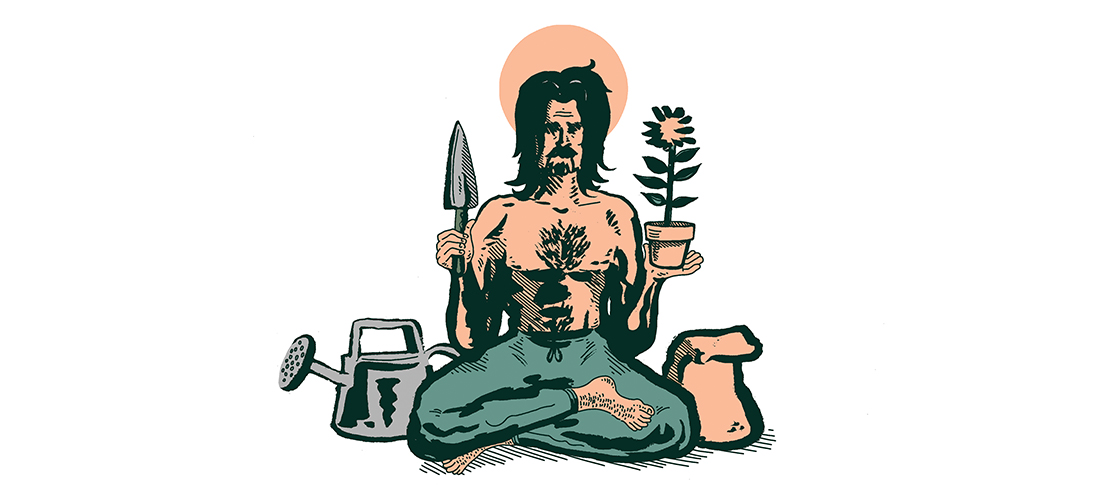Sue Sassmann finds magic in bringing people together
By Maria Johnson
 Cell phone pressed to her ear, Sue Sassmann works from her “office,” the comfortably dog-eared meeting space in the back of Scuppernong Books in downtown Greensboro.
Cell phone pressed to her ear, Sue Sassmann works from her “office,” the comfortably dog-eared meeting space in the back of Scuppernong Books in downtown Greensboro.
“So you are interested in being part of the Summer Solstice? . . . OK . . . OK . . . umm . . . ooou . . . oh, my God that sounds fabulous . . . ooou-nice . . . right . . . right . . . how big is your truck? . . . . is it a regular food truck?”
She perches in a worn chair, jotting notes on a shop-issued brown paper bag. Her legs are crossed, bringing one of her knee-high, pointy-toed, spike-heeled, glitter-flecked, black-and-red paisley tapestry boots to the fore.
Her hair is tucked under a black, tulip-shaped cloche. A long ruffled sweater over leggings makes her consignment shop chic.
At 63, she is blatantly, unapologetically herself: a woman who regularly pulls together disparate elements into fun, funky and thoughtful compositions, be they fashionable outfits or outdoor festivals.
For two of the last three years, she marshaled volunteers at the National Folk Festival in Greensboro. She will continue the job this year as the showcase of indigenous art morphs into the North Carolina Folk Festival, slated for September 7–9.
Then there’s her open-air baby, the one she and a friend brought to life with blood, sweat and pixie dust: the Greensboro Summer Solstice Festival, coming up on its 14th year as one of the city’s major summertime shindigs.
Last year, an estimated 5,000 people meandered through the creek-side soirée, savoring the same mythical, woodsy spirit that animates Shakespeare’s comedy A Midsummer Night’s Dream.
This year’s faerie-infused festival, which marks the tipping of spring into summer and honors the longest day of the year, is set for Saturday, June 23, two days after the actual solstice.
As usual, Sassmann’s army of volunteers and paid staffers will transform the Greensboro Arboretum at Lindley Park into an enchanted vale brimming with food, arts, crafts, body painting, a fountain-lounging mermaid, a butterfly queen, a parasol parade, a rumbling drum circle and, once night finally falls, performers spinning fire batons in their hands and rocking LED hoops on their waists.
For patrons, peddlers and performers, the rules are few and firm.
“No religion, no politics,” Sassmann, who wears the sash of Head Faerie. “We don’t rent space to people who want to sell Jesus or Barack Obama or any of that. No dogs, no pythons, no boa constrictors, no rats on leashes. Just come and be joyful. We really need that right now.”
She was that girl, the one in hats and feather boas and ballet skirts, the one who rounds up other kids to put on shows in garages.

Admission to Sue Jones’s shows was a nickel. A Dixie cup of her mom’s lemonade was complimentary.
“Mostly, I loved getting people together, especially the ones I loved. All my favorite people in one space is, to me, the epitome of joy. I think there’s magic in that,” says Sassmann, who spent her grade-school years in Toronto.
The family followed her dad, a DuPont engineer, to Cleveland when she was 12. Young Sue went door-to-door in her new country, introducing herself to neighbors and asking if they had any 12-year-old children she could play with.
“That’s how I made my network of friends, by announcing myself and saying ‘How can you help me?’” she says.
In true preteen fashion, she loathed her unremarkable name — “Way to go, Mom. Sue Jones. No one will ever forget that” — and, at the same time, she hated that she stood out because she spoke with a Canadian accent and didn’t get the nuances of American life.
“At a time you want to blend in, I was standing way out. I got to be a little bit of a class clown because of that embarrassment,” she says. “I parlayed it into a good thing.”
In the blink of an early ’70s eye caked with blue shadow, she was off to Southern Illinois University at Carbondale. She departed in 1976 with a fashion degree and a tech-savvy boyfriend, Jim Sassmann.
The young couple moved to High Point, where Sue’s mom and dad planned to start a computer business with friends. The business never took flight, but the young sweethearts did. They married and migrated next door, to Greensboro. Sue Jones took on a more memorable last name.
On June 24, the day after Summer Solstice Festival, the Sassmanns will celebrate their 40th wedding anniversary.
The bride offers this advice on marriage:
“The first 30 years are the hardest,” she says. “After that, you don’t have the energy to fight any more. Then it gets real easy.”
She volunteers that some of her marriage’s rockiest days came after she — a former majorette and head pom-pom girl — became active with the National Organization for Women in Greensboro in the mid-’80s. Within a couple of years, she was running the local chapter.
“I was fascinated by what they were talking about, and I jumped in head first. I’m lucky my marriage survived it because I was pretty mad for a decade, and I was holding my husband responsible for all of the men on the planet.”

A stay-at-home mom, she spent much of her 30s feeling devalued by society.
“I was tired of going to parties and having people say, ‘Do you stay at home or do you work?’”
She bit off more work, outside the home, by launching her first business, a short-lived enterprise called Sassmann Designs, which focused on maternity wear.
“I think being pregnant is a glorious stage of life, and I wanted to do my part in helping women feel beautiful in that stage,” says Sassmann, the mother of a daughter and son, Carley and Taylor, who are named for singers Carly Simon and James Taylor.
She hit her stride — and boosted her appreciation of good men like her husband — when she found another way to lift up women.
In 1995, on Women’s Equality Day, she and three friends — Ashley Brooks, Vivian Lutian and Marian Franklin — launched the nonprofit Women’s Resource Center, a hub of services to help women with career, educational, personal and financial challenges.
Sassmann worked as the first executive director. She stuck around until 2001 when, dulled by paperwork and fundraising demands, she felt the tug to create again.
“I’m a serial entrepreneur,” she says. “I like a certain amount of chaos. When things get too predictable, I lose my interest level. I’m a start-up gal.”
New ventures stalled when her father, and both of her husband’s parents, died within a few months.
“I lived in this very dark place for a year,” she says.
Desperate for light and life, she teamed up with a friend to launch a new business, Joie de Vivre, French for “joy of life.” One of their projects was an impromptu party celebrating the summer solstice in the city-owned Bicentennial Garden.
They had no publicity except for word of mouth and a live remote broadcast by a local TV station a couple of hours prior to kickoff.
“We were all faerie-tized, going ‘C’mon down!’” Sassmann recalls.
Three thousand people materialized on that gentle Tuesday night in 2005.
Bubbles and harp music filled the air.
“A drummer showed up. We were like, ‘That’s cool. Who is he?’ ‘I don’t know.’ Then a cop came up to me and said, ‘There’s a guy over there in a diaper.’”
Sassmann checked him out and reassured the officer. It was just her yoga instructor in gold loincloth.
An event was born.

Because of the crowd size, the city suggested moving the event to the arboretum the following year. For two years, festivalgoers ambled through a dreamy evening on the Saturday nearest the solstice.
Then came 2008. The economy tanked. A gullywasher drowned out the festival. Sassmann and her collaborator had a falling out. And Sassmann’s two children suffered serious injuries in separate accidents.
Her son, who goes by the nickname Boomer, plunged over a 40-foot waterfall near Boone while trying to save his dog from going over the brink. The pooch fared much better than his owner, who hit the rocks below, breaking both arms and both legs.
About the same time, daughter Carley made a hard landing at the end of a recreational sky dive, resulting in the compound fracture of an ankle.
“I had a meltdown,” says Sassmann. “I was very, very depressed, extremely lethargic, unable to find joy in daily living.”
It got worse.
She was diagnosed with esophageal cancer two years later. She was given a one in five chance of surviving in the short term.
She threw the book at cancer: radiation, chemotherapy, acupuncture, healing touch, oxygen treatments, meditation, visualization, prayer lists.
She topped it all off with surgery at the University of Texas’s MD Anderson Medical Center in Houston.
She beat the odds. Her priorities shifted. Or perhaps they just intensified.
“Everything that was big seemed little, and everything that was little seemed big,” she says. “The war (in Afghanistan) and the economy were not big. The fact that I could get some applesauce down and I could walk to the door, that was big.”
Having gotten a close-up look at her own mortality, she concluded that death is not to be feared but valued as motivation to do what you can while you can.
“Life is short, so do it now,” she says.
The weight of politics and death keep her focused.
Still passionate about equality and diversity, Sassmann remains politically active, often on behalf of the Democratic Party. She shuns the role of candidate for the equally critical role of grassroots organizer.
“I love being around people who are articulate and well-read and enjoy making a difference,” she says. “In political circles, you often find people who give a shit.”
Her desire to make people more comfortable with the end of life has prompted a couple of projects. One, called Death Cafe, is a kind of mortality support group. Participants meet monthly in Sassmann’s “office” in the back of Scuppernong.
There, a dozen or so people talk about how dying affects living and vice versa.
“People die the way they live,” says Sassmann. “If you live in fear, you’re probably gonna die that way.”
Another nod to the inevitable is her latest business, The Goodbye Girl, through which she plans and carries out post-mortem celebrations of life, as well as loving send-offs for the terminally ill.
“I’m a farewell concierge, is what I am,” Sassmann says with a death-defying grin. “Just trying to breathe a little life into death.”
The certainty of limited time sharpens Sassmann’s determination to squeeze every drop of sweetness from her earthly existence.
Witness her devotion to Summer Solstice. A year after the washout in 2008, she revived the otherworldly hootenanny with a team of well-paid staffers.
After paying them and other expenses from a $40,000 budget, the event usually clears $5,000––$8,000. Sassmann keeps most of that. It’s enough to keep her wand waving.
“I don’t have very much money,” she says. “I rely on the kindness of strangers and a vast network of like-minded people who are trying to bring more joy and creativity to the game of life.”
This year’s Summer Solstice includes three music stages, a children’s area, two bars and two camps of food trucks.
Just as in her childhood, Sassmann’s family will be involved in her show for the neighbors.
Her computer-expert husband Jim, a.k.a. Master Wizard of Faerie Logistics, will roam the grounds as a troubleshooter.
Son Boomer, who has recovered from his watery fall, will keep tabs on the taps.
Daughter Carley, now a retired skydiver and the mother of Sassmann’s first grandchild, 18-month-old Lennox, will float around as Queen Butterfly. You will recognize her by her golden wings and head-to-toe paint job by world-champion body painter Scott Fray of Greensboro.
As for the Head Faerie, she will wear a crown, naturally, and whizz around in her golf cart/Faerie-mobile. If things get too crazy, she’ll dispatch a squad of sprites or city police — hint: The police will be the ones without body paint — to keep things in line.
The point is to be joyful and free-spirited, not bothersome or obscene.
As a long-time event planner, Sassmann knows that a successful gathering has to look good, sound good, feel good and taste good.
The guy she was talking to on her cell phone on the day she wore her mind-blowing boots?
He’s bringing crab fritters with mango sauce from Raleigh.
“You need a full sensory experience,” says Sassmann.
To that end, she promises bubbles in the air; flowers in the hair; a swirl or two of tie-dye; giant puppets; winking fireflies; and a child-like faith in the power of art and imagination to knit people together.
“It’s like Woodstock, without the sex and drugs,” she says of the annual party. “Let’s get together everything that’s lovely in the world and see what happens.” OH
This year’s Summer Solstice Festival begins at 2 p.m. on Saturday, June 23. The parasol parade commences at 5:30 p.m. The drum circle starts at 6:15 p.m. A fire baton and LED hoop show will light up the night at 9 p.m. The celebration ends at 10 p.m. For details, go to www.greensborosummersolstice.com.





 C
C








